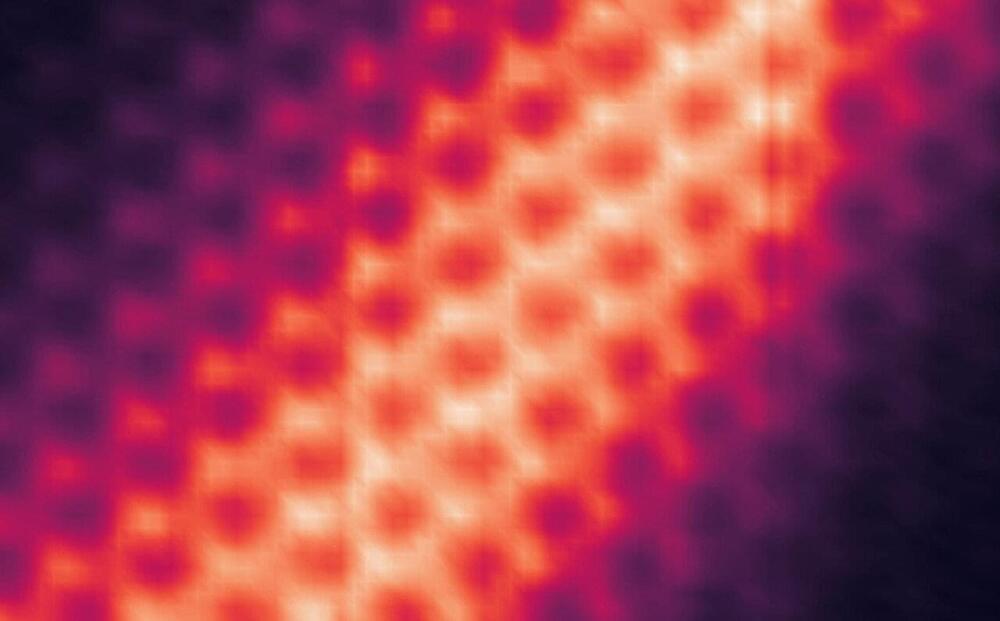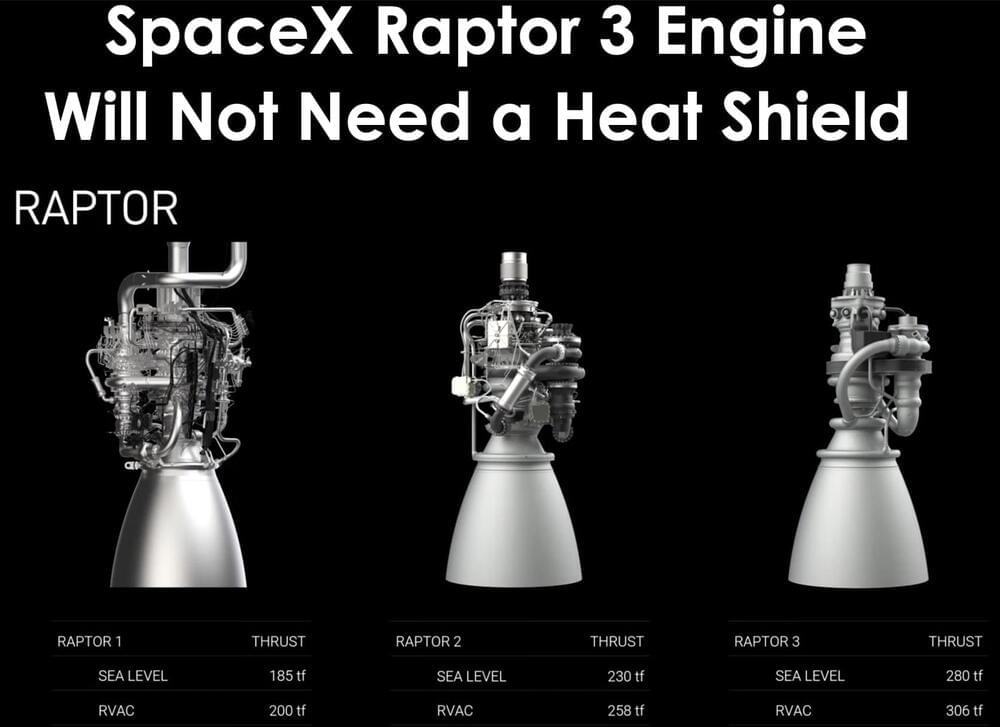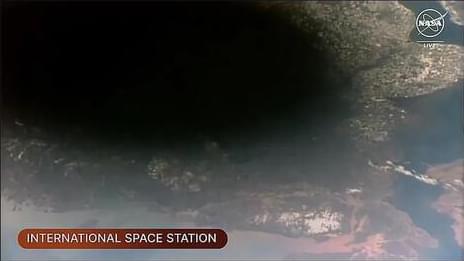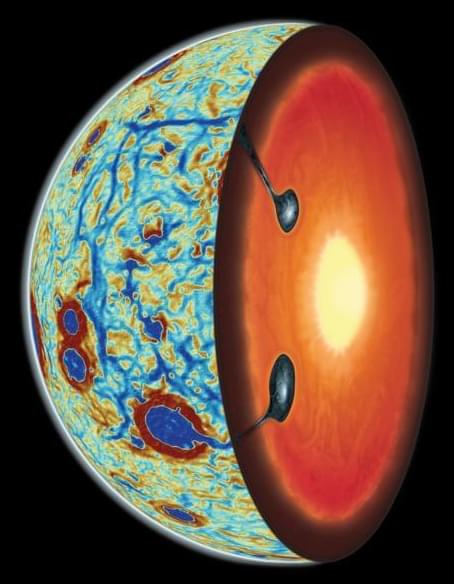Apr 9, 2024
Sinking Stars: Climate-Induced Loss of Antarctic Meteorites
Posted by Laurence Tognetti, Labroots Inc. in categories: climatology, robotics/AI, space, sustainability
“We need to accelerate and intensify efforts to recover Antarctic meteorites,” said Dr. Harry Zekollari. “The loss of Antarctic meteorites is much like the loss of data that scientists glean from ice cores collected from vanishing glaciers – once they disappear, so do some of the secrets of the universe.”
How can climate change effect the search for meteorites in Antarctica? This is what a recent study published in Nature Climate Change hopes to address as an international team of researchers investigated how melting snow and ice could prevent successful identification of meteorites, of which approximately 60 percent of all meteorites retrieved on Earth have been found in Antarctica. This study holds the potential to help scientists, climate change activists, and legislators better understand the impacts of climate change on science, as meteorites are crucial for gaining greater insight into the formation and evolution of the solar system and beyond.
With a combination of climate models, satellite observations, and artificial intelligence, the researchers estimate that at current rates, they will lose the ability to identify approximately 5,000 meteorites annually, with approximately 24 percent being lost by 2050 and potentially 76 percent by 2100.
Continue reading “Sinking Stars: Climate-Induced Loss of Antarctic Meteorites” »


















